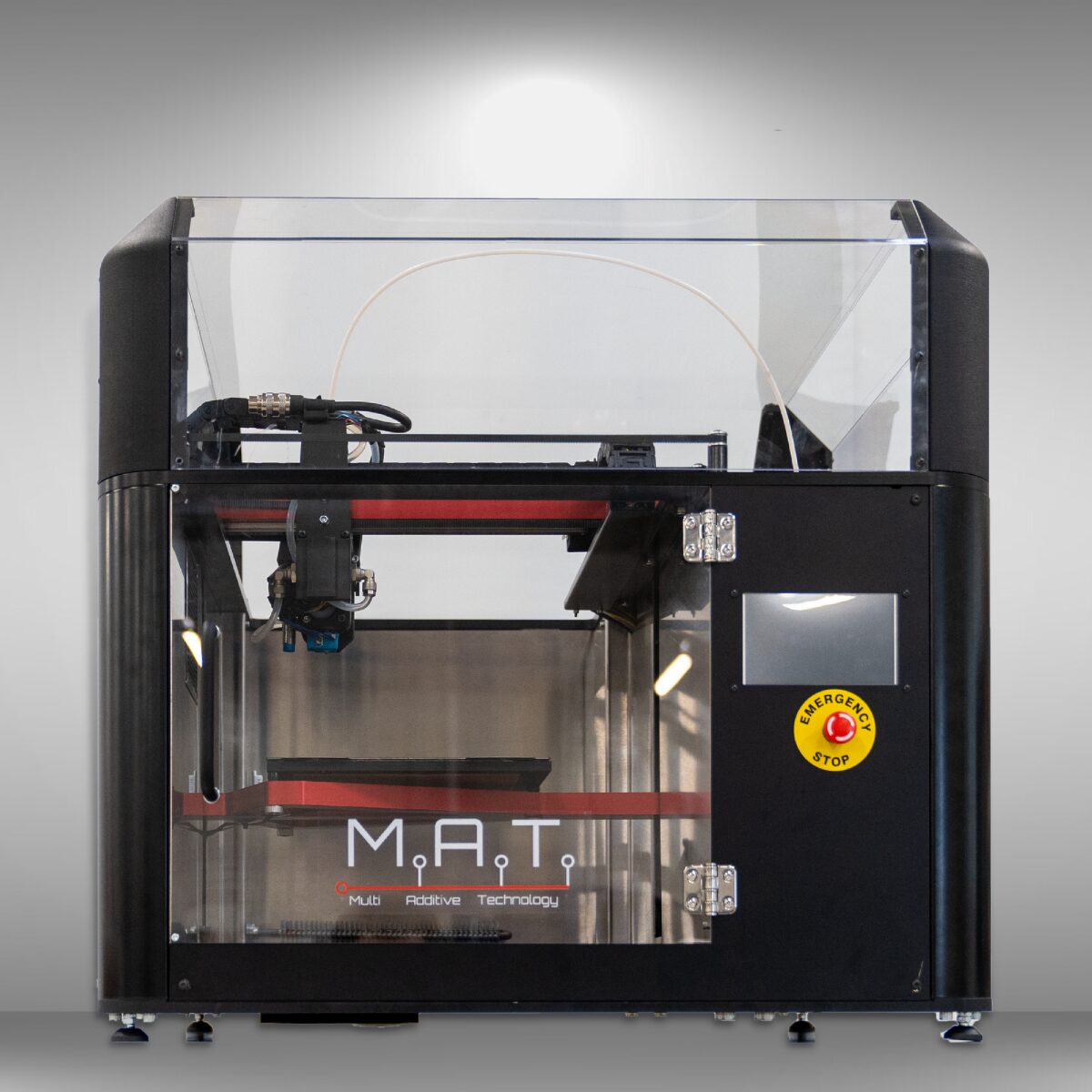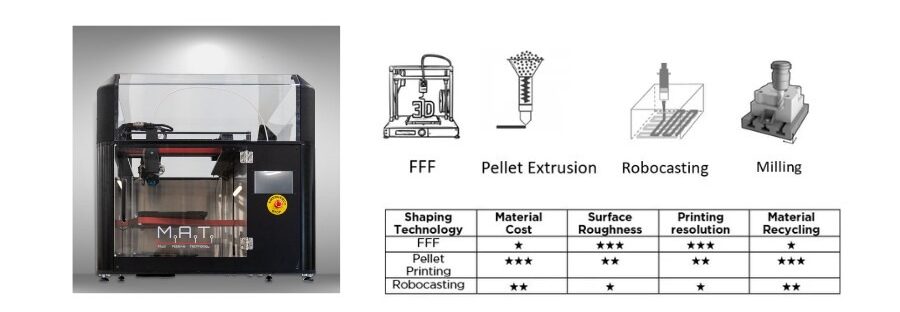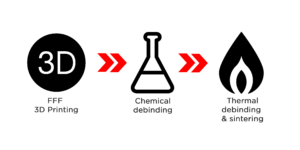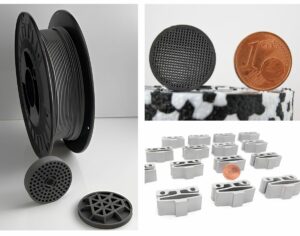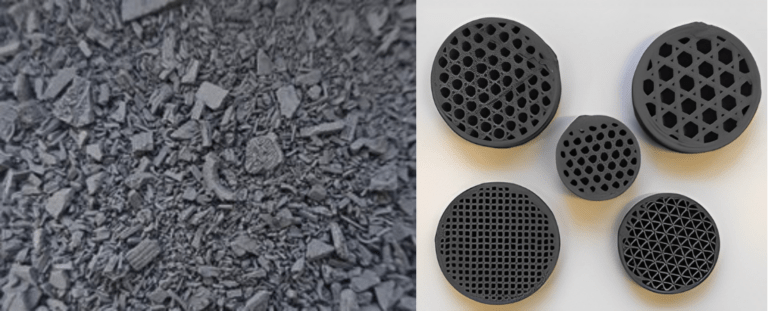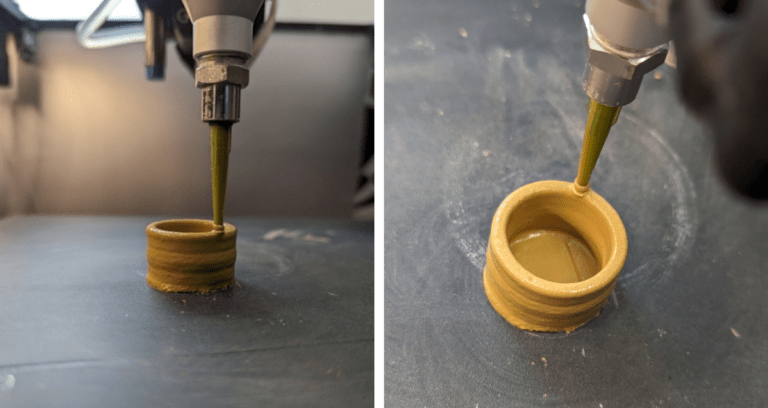TECHNICAL DATA
• Type of printer: ............................................... Material Extrusion
• Footprint: ........................................................ 60 (W) x 60 (D) x 115 (H) cm
• Print volume: .................................................. 20 (W) x 20 (D) x 20 (H) cm
• Machine weight: ............................................. ca. 90 kg
• Supply: ............................................................ 230V, 16A, 50Hz
• Closed Loop Stepper Motors
• Heated Print Chamber (<60°C)
• Heated Filament Chamber (<50°C)
